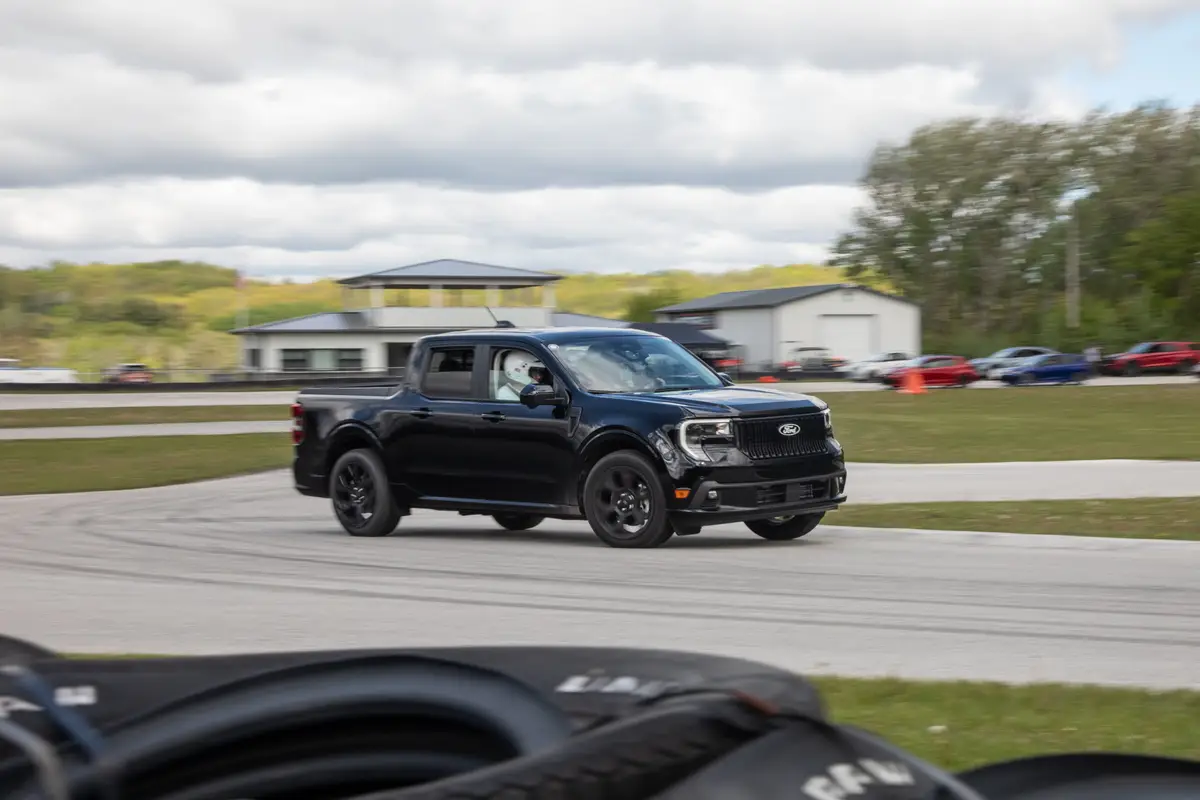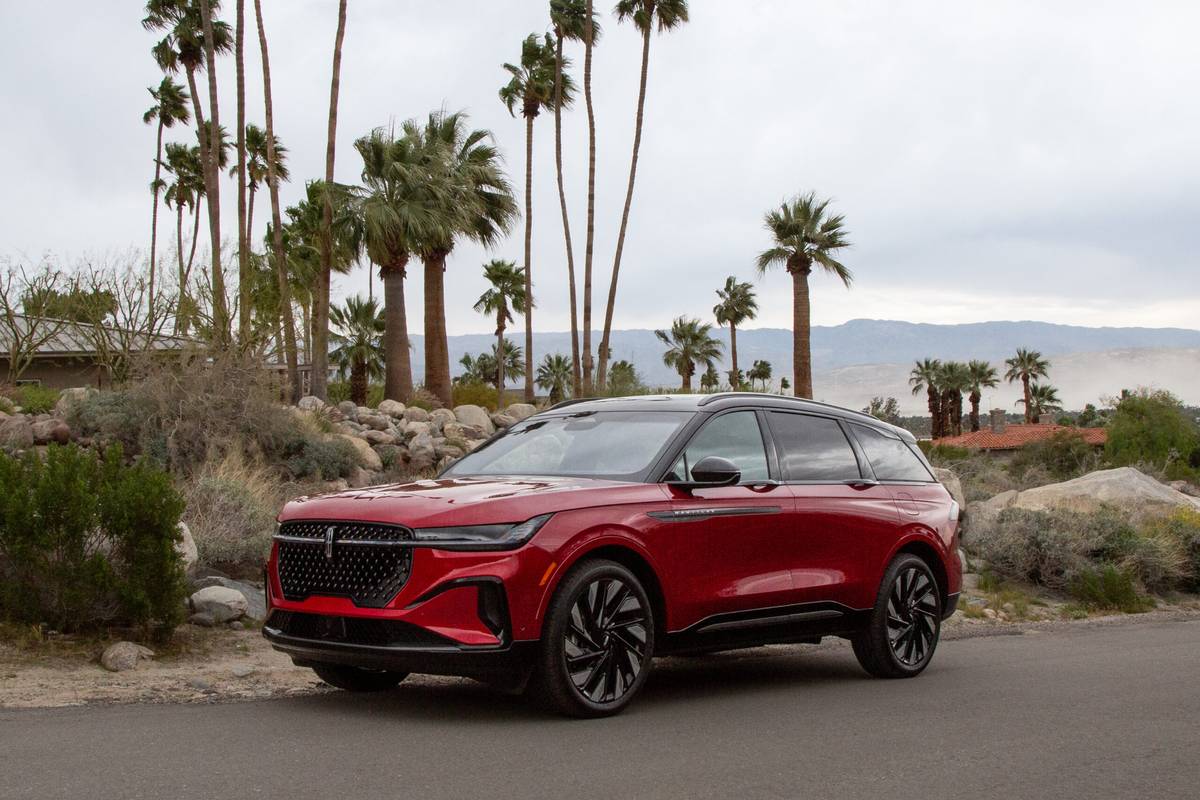washingtonpost.com's view
Kindly ignore the recent Environmental Protection Agency report bemoaning the lack of improvement in automotive fuel economy over the past 25 years. Also, pay little heed to the predictable congressional response to that annual EPA dirge, this time from a coalition of Democrats and Republicans led by Sen. Barack Obama (D-Ill.), calling for a drastic increase in the fuel economy of cars and trucks.
The honorable lawmakers and the numbers manipulators at the EPA are missing several points, the first of which is that the agency’s fuel economy progress report is relatively meaningless because it is based on the average fuel economy of the new vehicles sold in the United States, as opposed to those actually produced here or left to sit unsold on dealership parking lots.
The second point, the core of this week’s product review, is that we are entering the Age of Urban Wheels — smaller, well-designed, more fuel-efficient, likable cars and trucks, such as the 2006 Volkswagen Rabbit.
The third point is this: We are entering the Age of Urban Wheels because the oil market is doing what neither the EPA nor federally mandated fuel economy standards nor Obama and company are capable of doing or have the guts to do. Rising pump prices are raising the cost of driving.
As driving costs go up, sales of gas-guzzlers go down. As sales of gas-guzzlers go down, fuel conservation goes up, along with the demonstrated increased sales of models such as the new Rabbit, a front-wheel-drive hatchback, available as a coupe or with four doors, that has an EPA mileage rating of 22 miles per gallon in the city and 30 miles per gallon on the highway.
It will take another year or so before the effects of more sales of small vehicles show up in the EPA’s mileage reports. But if gasoline prices stay up along with the excellent quality of little runners such as the Rabbit, we should see a discernible increase in the fuel economy of new vehicles sold stateside.
That is not wishful thinking. It is a matter of rational economics, which probably is why the concept is not popular on Capitol Hill in particular or in Washington in general. If the honorable lawmakers and their allies in the government’s regulatory wing need proof, all they have to do is take one of those fact-finding trips to Europe and Asia where there are no government-mandated fuel economy standards, but where there are heavy taxes on things such as gasoline, engine displacement and even vehicle size.
Those kinds of levies, anathema to U.S. politicians, are why the Germans, Japanese and Koreans — and even the Americans doing business in Europe and Asia — have gotten so good at making great little cars and trucks, such as the Rabbit.
The European and Asian markets take the small vehicles those car companies make because European and Asian consumers value those models and are willing to pay top dollar for them, thus making the development and sale of small cars and trucks profitable.
Overseas consumers want good, small vehicles because they want to save money as much as they want a good ride. That is, after all, how Volkswagen became Volkswagen — a German automobile manufacturer originally dedicated to the proposition that premium German engineering need not be costly to buy or operate.
For a long while — too long — it seemed as if Volkswagen had forgotten its reason for being and had fallen victim to the American syndrome of cheap-gasoline-itis, an ego-driven disease manifested by a mania for big wheels and ever-bigger horsepower. At Volkswagen, the affliction showed up as the ill-fated Phaeton supercar.
But the born-again Rabbit, essentially a European Golf based on a Volkswagen Jetta platform, strongly indicates that Volkswagen has returned to its senses.
Throttle jockeys — motorists who value horsepower and racetrack handling over all other automotive attributes — won’t like the Rabbit with its little yes-I-can-yes-I-can 150-horsepower, in-line five-cylinder engine. They won’t like its soft suspension (integrated McPherson struts, coil springs, telescopic shock absorbers and stabilizer bar up front with multi-links, coil springs, telescopic gas-pressurized shock absorbers and stabilizer bar in the rear).
But those of us who value common sense as much as we do a decent highway romp, who want a car that speaks to our daily commuting needs instead of to some poorly conceived federal mandate, well, we’ll like the new Rabbit just fine.
Latest news



